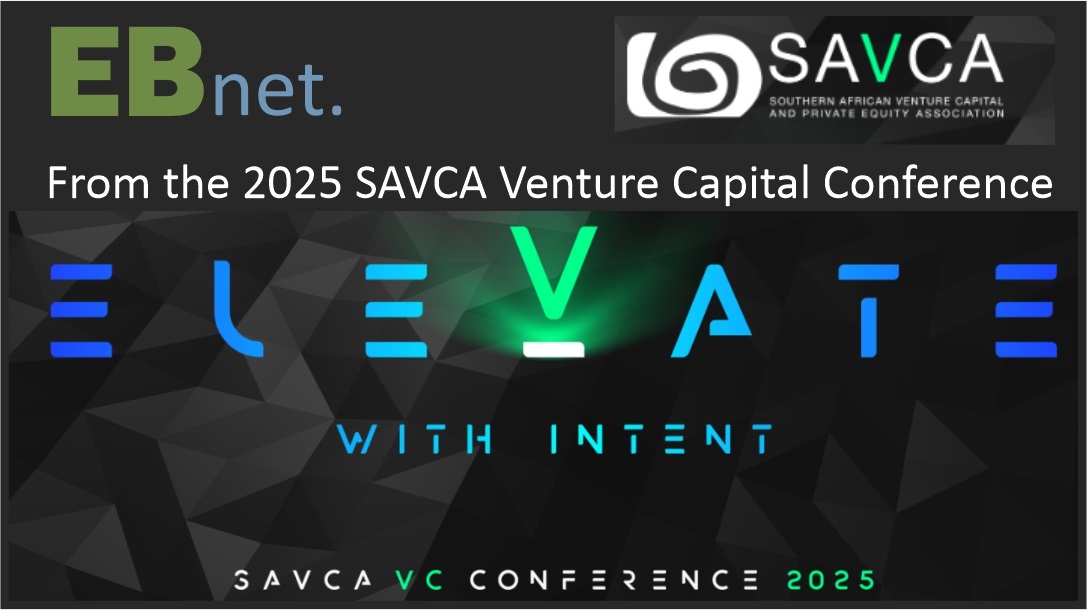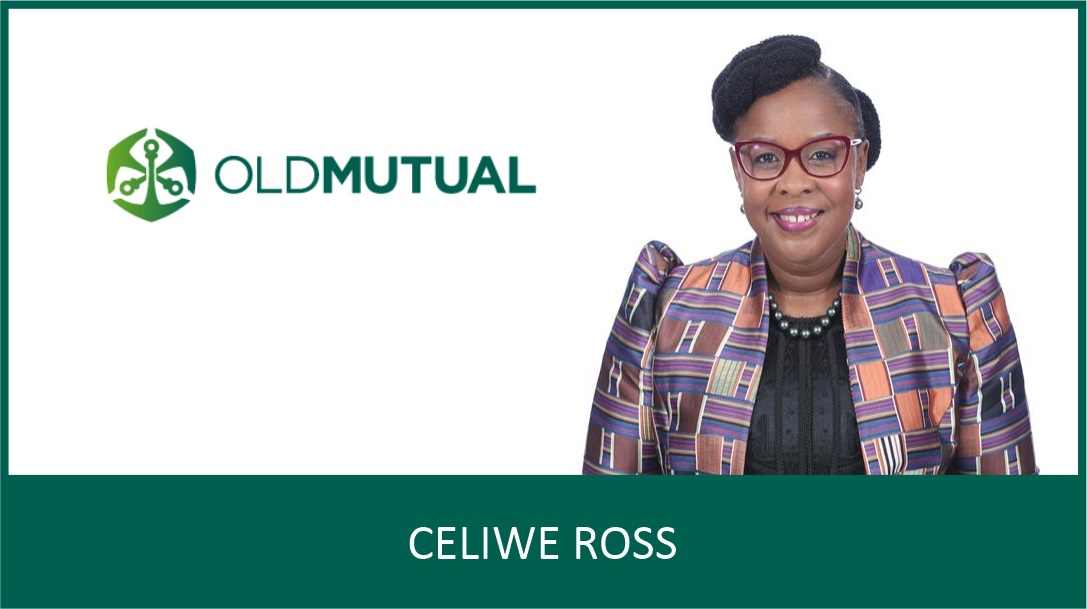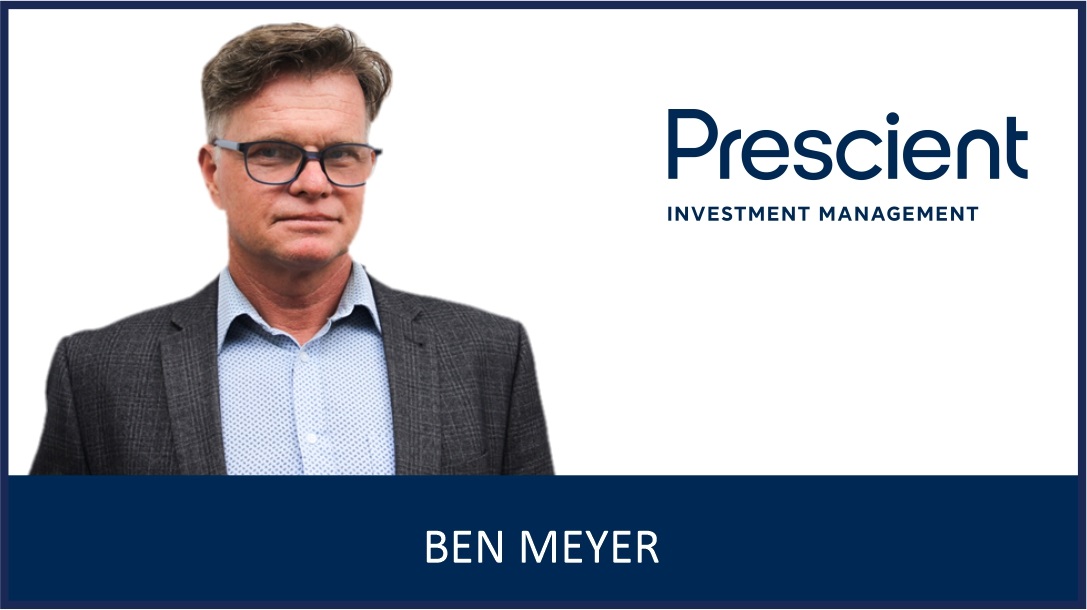Feedback from the recent SA Venture Capital and Private Equity Association (SAVCA) VC Conference
As ESG principles play an increasingly important role in investment mandates globally, South Africa’s venture capital (VC) ecosystem is grappling with how to apply them effectively to early-stage businesses.
At the recent SA Venture Capital and Private Equity Association (SAVCA) VC Conference, a lively debate explored whether ESG serves as a genuine value driver for startups or a potential distraction from growth, revealing a more nuanced challenge: the need to align expectations between limited partners (LPs), general partners (GPs), and founders.
Moderated by Muziwakhe Zwane, Director at Camaku Transaction Advisory, the debate brought together leading stakeholders from across the ecosystem. Arguing for ESG were Clayton Wiggill, Investment Principal at Keyo Ventures, and Kiara Suttner-Tromp, Partner at HAVAIC, while arguing against were Brett Commaille, Partner at Hlayisani Capital, and Paula Mokwena, CEO of Fireball Capital.
Zwane framed the discussion around ESG within VC being marked by “two levels of tension” – between LPs and GPs on the one hand, and between GPs and founders on the other.
Balancing ambition with practicality
Wiggill argued that, far from being a burden, ESG can serve as a meaningful risk indicator. “We see ESG as a strong signal of operational discipline and risk management,” he said. “Screening for ESG factors can reveal not just environmental risks but also hidden operational and governance issues. For funds, this provides an additional layer of protection; a way to derisk our investments while helping companies scale more effectively.”
He added that early adoption can pay off later. “Companies that think about ESG earlier are able to scale faster through the value chain.”
For HAVAIC’s Suttner-Tromp, the value of ESG lies in its integration rather than compliance. “When ESG is embedded operationally, it becomes a strategic tool,” she said. “We’ve seen firsthand that companies with strong governance practices are better positioned to raise international capital and expand into new markets. Similarly, diversity and inclusion aren’t just social metrics, they drive innovation, employee retention and, ultimately, financial performance.”
The case for caution
Mokwena and Commaille argued that the current approach to ESG in VC can be counterproductive when applied without context. Mokwena outlined three key challenges: “Firstly, there’s no standardised framework for ESG assessment, so founders end up overwhelmed as every investor arrives with their own criteria. Secondly, the approach we use in VC is often copy-pasted from other asset classes and doesn’t reflect the realities of early-stage entrepreneurship. And thirdly, benchmarking is difficult – much of the data we request isn’t easily verifiable.”
Rather than penalising companies for non-compliance, Commaille urged investors to reward progress. “We need to be enablers, not barriers. We should incentivise improvement rather than punish companies that are still developing their ESG capability.”
A shared responsibility
Panellists agreed that ESG undoubtedly has a role to play at every stage, provided expectations are calibrated. “The challenge is to find stage-appropriate ways to measure impact,” said Commaille. “GPs are small teams with heavy reporting burdens, and LPs need to recognise that. A two-way conversation between LPs and fund managers is critical.”
Mokwena emphasised the importance of education. “If we can help founders understand how ESG translates into both risk mitigation and value creation, we’ll move beyond the perception of it being a tick-box exercise,” she said. “That understanding must be driven from the top.”
Suttner-Tromp echoed this sentiment. “The more education and direction founders receive from fund managers, the more meaningful and strategic their conversations around ESG become,” she said. “It’s about alignment and integration, not compliance for its own sake.”
LPs call for pragmatism
From an LP perspective, speakers from another panel at the conference acknowledged both the permanence of ESG expectations and the need for proportionality. Julian Mixon, Associate Fund Principal for the Early-Stage Fund at the Public Investment Corporation (PIC), noted that “ESG reporting is here to stay, so we need to find workable solutions.”
While also noting the importance of ESG reporting, Johann Stahnke, Investment Manager at DEG, cautioned against excessive data demands. “We have to apply the right level of scrutiny at different stages, so as not to overwhelm founders or GPs,” he said. “We request a lot of data points and admittedly, not all of them are always completely necessary, but they do help paint a general picture that is undoubtedly correlated to risk and overall performance.”
Finding the middle ground
By the end of the session, the consensus was that the path forward lies in balance, collaboration, and clearer guidance from LPs where ESG should evolve from a prescriptive checklist into a stage-appropriate, practical framework that supports growth, resilience, and long-term value creation.
“When done right, ESG positions businesses to scale faster, setting them up for funding success at each new stage of growth,” Wiggill concluded.
ENDS

























































































